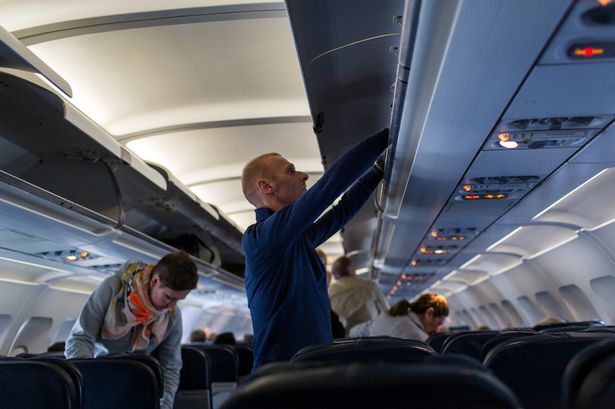A considerable change will come into effect this month for British Airways loyal customers, with an increase in Reward Flights that will affect both Avios and cash elements
In the lead-up to Christmas and ahead of some of the busiest travel days, British Airways has announced a major change that will impact its loyal customers.
The airline has confirmed that from Monday, 15 December 2025, the price of Reward Flights will increase, affecting both the Avios and cash elements of the fare. Flights booked using Avios are referred to as Reward Flights.
They confirmed that the increase will be across all British Airways flights and airline partners. The UK airline said that the increases were due to “increasing Air Passenger Duty and third-party charges” aslong with “ongoing inflation”.
British Airways provided some examples of the price increase on its website, with one example given for an off-peak return trip from London to New York. It stated that the Avios points required for this flight stand as:
- Economy: 50,000 + £100
- Premium Economy: 85,000 + £305
- Business: 160,000 + £375
- First: 136,000 + taxes, fees and charges
However, from 15 December, travellers can expect this to increase by up to 14,000 Avios. The changes for the same flight from London to New York, using Reward Flights, will be as follows:
- Economy: 55,000 + £120
- Premium Economy: 93,500 + £350
- Business: 176,000 + £399
- First: 150,000 + taxes, fees and charges
BA also provided another example of how the increase will impact Avios, with an off-peak each-way flight from London to Geneva. Currently, the price stands at:
- Economy: 9,250 + 50p
- Business: 15,000 + £12.50
However, from when the changes come into effect, they will be increased to the following:
- Economy: 10,000 + £1
- Business: 16,500 + £15
British Airways announced the changes in an email sent out to customers on Wednesday, 3 December. It read: “We wanted to let you know that from 15 December 2025, the price of Reward Flights will increase. This will affect both the Avios and cash elements of the fare.
“We’ve kept our Reward Flight prices at the same level for some time, but we’re having to make these changes as a result of increasing Air Passenger Duty and third-party charges, as well as changing market conditions and ongoing inflation. We want to reassure you that any Reward Flights booked prior to the price change will remain at the current price. We appreciate your continued support and understanding.”
For those with an upcoming booking but wish to make changes, the airline stated: “If you have an existing booking and you want to change the flight to depart on or after 15 December, then the existing rates will apply as long as you make the change before 15 December. If you make a change after 15 December to the time or date of your flight, within the same seasonality and to the same destination, then there won’t be an additional Avios charge.”
For more information on the Flight Rewards increase, you can visit the British Airways website.
Do you have a travel story to share? Email webtravel@reachplc.com

